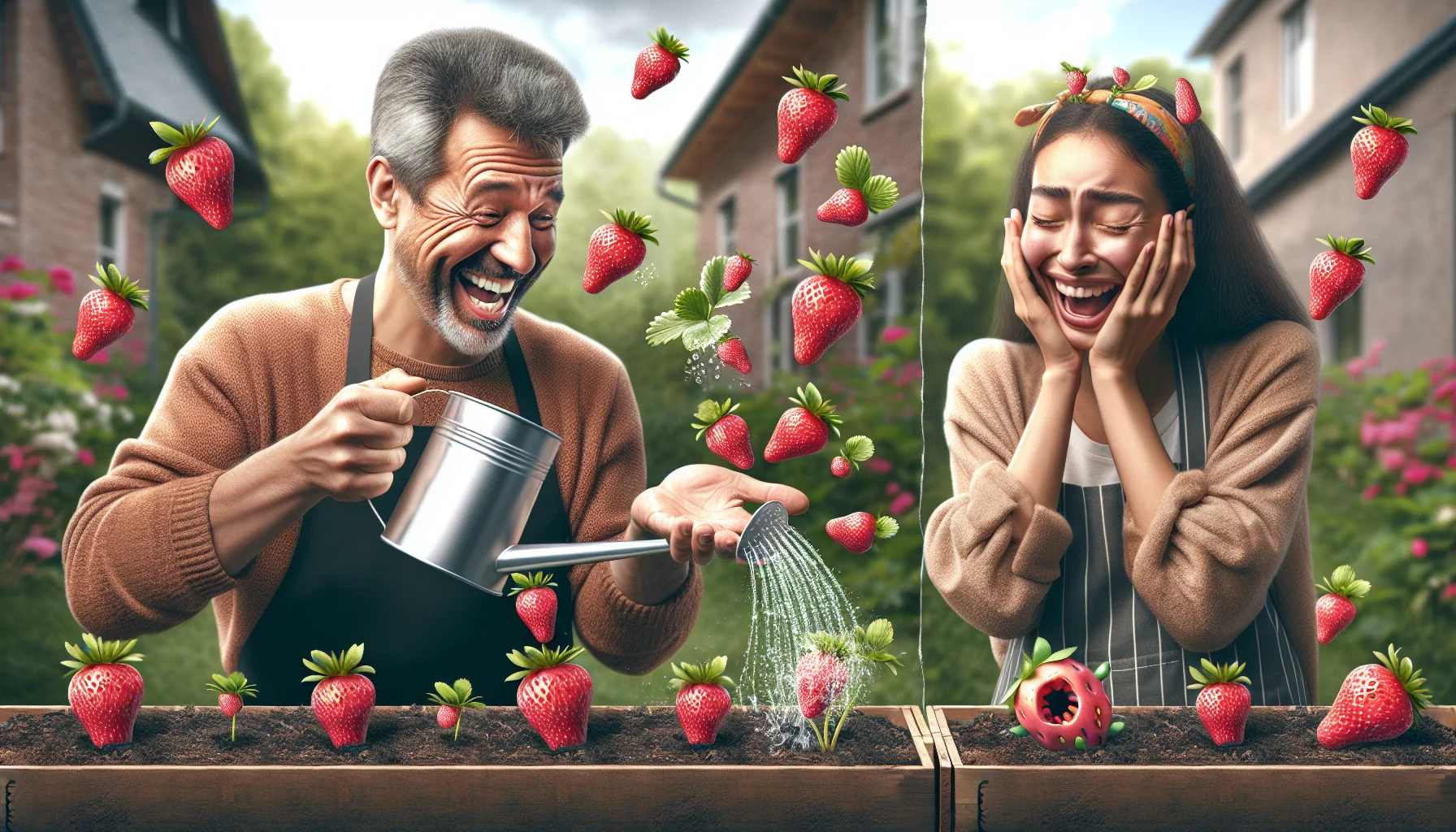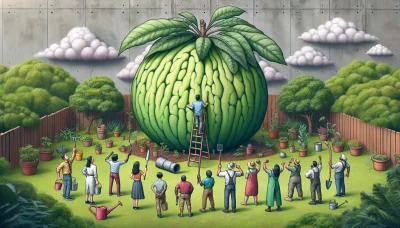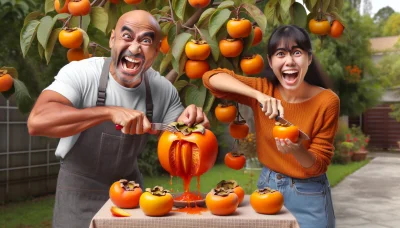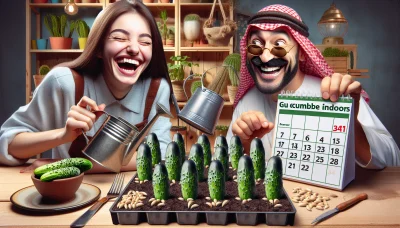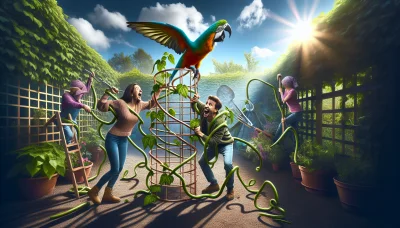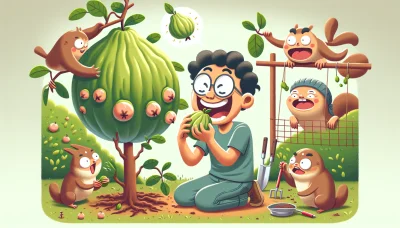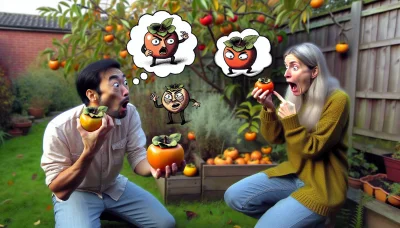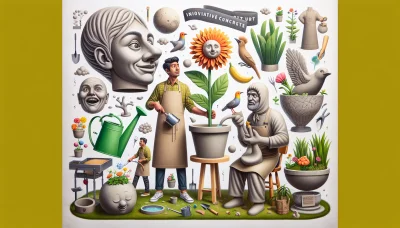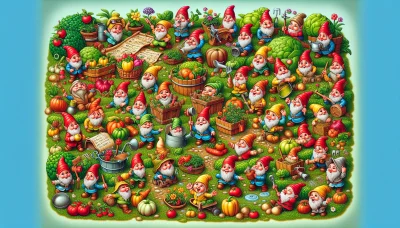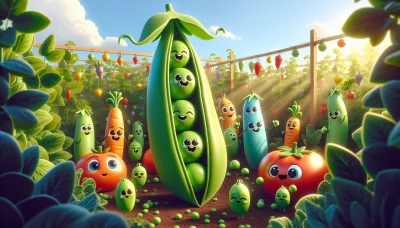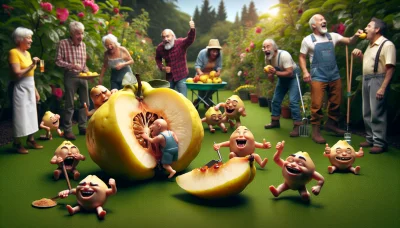Grow strawberries from seed Quiz
Test Your Knowledge
Question of
How to Grow Strawberries from Seed
Growing strawberries from seed can be a rewarding process for any gardener. This method allows for a greater variety of choices than you might find with pre-grown plants, often including rare or heirloom varieties not available in nurseries. Starting strawberries from seed is also more cost-effective, as seeds are generally cheaper than established plants. Additionally, growing from seed can be a more satisfying experience as it allows you to be involved in every step of the plant's development, from germination to fruiting. While it requires more time and patience than starting with pre-grown plants, the process of nurturing your strawberry plants from the very beginning can lead to healthier plants and a more bountiful harvest. The key to success lies in starting the seeds indoors during the winter months, providing them with plenty of light, and transplanting them outside after the danger of frost has passed.
Choosing the Right Strawberry Seeds
Selecting high-quality seeds is crucial when planning to grow strawberries from seed. The right seeds can ensure a bountiful harvest of juicy, sweet fruit. There are several varieties of strawberries that can be grown from seed, each with its own unique flavor, size, and growth habits. Some popular varieties include Alpine strawberries, which are known for their small, yet intensely flavored fruits, and Day-neutral strawberries, which can produce fruit throughout the growing season. When choosing strawberry seeds, consider the specific growing conditions of your area and the characteristics you desire in your fruit to ensure the best possible outcome for your garden.
Step-by-Step Guide to Planting Strawberry Seeds
- Choose the Right Time: Start your seeds indoors 8-10 weeks before the last frost date.
- Soil Preparation: Use a well-draining, loamy soil with a pH between 5.5 and 6.8. Sterilize the soil to kill any pathogens.
- Seed Tray Preparation: Fill your seed tray with the prepared soil, leaving a small gap at the top.
- Planting the Seeds: Place 2-3 seeds in each cell of your seed tray. Cover them lightly with a thin layer of soil, no more than 1/8 inch deep.
- Watering: Gently water the seeds using a spray bottle to keep the soil moist but not waterlogged. Cover the tray with plastic wrap to retain moisture.
- Germination Environment: Keep the tray in a warm place, around 60-75°F (15-24°C). Ensure the area is well-lit but not in direct sunlight.
- Thinning Seedlings: Once seedlings emerge and grow their first true leaves, thin them out, leaving the strongest seedling in each cell.
- Transplanting: After the last frost date, transplant the seedlings to your garden or larger pots. Harden off the seedlings by gradually exposing them to outdoor conditions over a week.
- Outdoor Planting: Space the plants 12-18 inches apart in rows that are 2-3 feet apart. Choose a sunny spot with at least 6-8 hours of direct sunlight per day.
- Regular Care: Keep the soil consistently moist and use mulch to retain moisture and prevent weeds. Fertilize every 3-4 weeks with a balanced fertilizer.
Caring for Your Strawberry Seedlings
Strawberry plants are a delightful addition to any garden, offering sweet rewards for your care and attention. As your seedlings grow, it's important to ensure they receive the right amount of sunlight, water, and nutrients. Ideally, strawberry plants thrive in locations that receive at least six to eight hours of sunlight daily. This exposure is crucial for plant development and fruit production. When it comes to watering, maintaining a balance is key. Strawberry plants prefer moist, well-drained soil. Over-watering can lead to root rot, while under-watering can stress the plant, affecting yield. A good rule of thumb is to water deeply whenever the top inch of soil feels dry to the touch. Fertilizing your strawberry plants is also essential for their growth and fruit production. Use a balanced, all-purpose fertilizer early in the growing season to encourage strong growth. As the plants begin to flower and fruit, consider switching to a fertilizer higher in potassium to support fruit development. Remember, careful attention to these needs will help ensure a bountiful strawberry harvest.
Transplanting Strawberry Plants
Transplanting your strawberry seedlings from indoor pots to their final outdoor location is a crucial step in ensuring a bountiful harvest. Begin by selecting a cloudy day or late afternoon to minimize stress on the plants. Ensure the outdoor site is well-prepared with rich, loamy soil, and space the holes about 18 inches apart to give each plant ample room to grow. Before transplanting, water the seedlings in their pots to make the removal process easier. Carefully remove each plant, trying not to disturb the roots, and place them in the prepared holes at the same depth they were growing in the pots. Backfill the soil around the roots, gently firming it down, and water thoroughly. Keep the soil moist, but not waterlogged, as the plants establish themselves in their new location. With proper care and attention, your strawberry plants will thrive and produce delicious fruits for you to enjoy.
Common Problems and Solutions
-
Pests like slugs and birds
Solution: Use netting to cover your strawberry plants and place copper tape around pots to deter slugs.
-
Fungal diseases such as powdery mildew
Solution: Ensure good air circulation around your plants and use a fungicide recommended for edible plants, following the instructions carefully.
-
Poor or slow germination
Solution: Use fresh seeds and ensure the soil temperature is between 60-70°F (15-21°C) for optimal germination. Keep the soil moist but not waterlogged.
-
Soil nutrient deficiencies
Solution: Test your soil to determine what nutrients it lacks and amend it with the appropriate fertilizers or organic matter.
-
Root rot due to overwatering
Solution: Ensure your pots have good drainage and allow the soil to dry out slightly between waterings.
Harvesting and Enjoying Your Strawberries
Knowing when your strawberries are ripe for harvesting is key to enjoying the sweetest and juiciest fruits. Look for strawberries that are fully red, without white or green areas, as these colors indicate that the fruit is not yet ripe. The size of the strawberry does not necessarily indicate ripeness, so color and fragrance are better indicators. Once picked, strawberries do not continue to ripen, so it's important to harvest them at the right time. For storing, keep your strawberries in the refrigerator to extend their freshness. It's best to consume them within a few days of harvesting for the best flavor. Additionally, avoid washing strawberries until you're ready to eat them to prevent them from becoming mushy. Enjoy your strawberries fresh, in desserts, or even in jams to fully appreciate the fruits of your labor.
